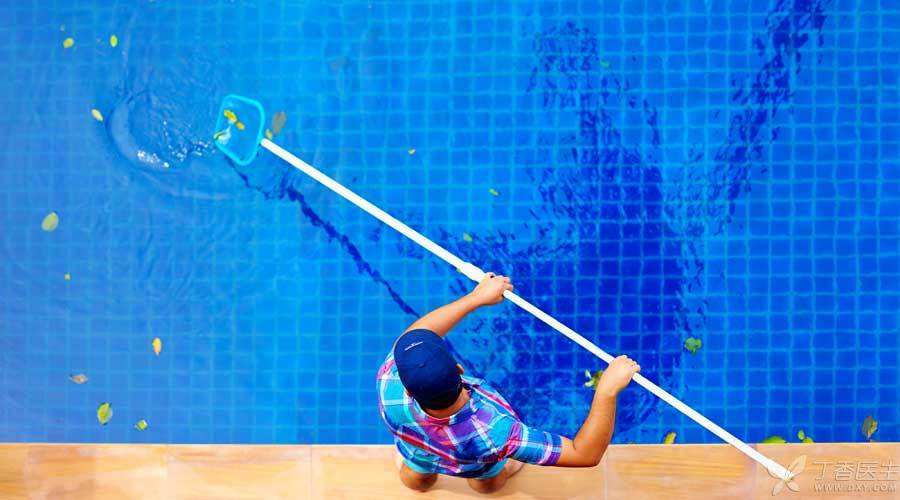
As summer approaches, more and more people go swimming in public swimming pools. Many people are worried about whether the water in the swimming pools is clean or not and whether it is safe or not. Today, Dr. Clove will break off with everyone about the swimming pools.
What has the water in the swimming pool been treated?
The water in the swimming pool usually goes through at least three treatments before hugging everyone closely: coagulation, filtration and disinfection.
Coagulation is prepared for filtration. There are many small impurities in the swimming pool and sweat, grease, cosmetics and so on secreted during swimming. These small particles are basically [fish through the net] if filtered directly because of their small size. Therefore, coagulants are generally used to make the small particles in the swimming pool stick together and become larger particles, which are convenient to be filtered out.
Filtration, that is, cleaning out all solid impurities in the water, will make the water clear and transparent, but in order to ensure the water quality, disinfection is also required.
The traditional disinfection method is to use chlorine-containing disinfectant, which has good disinfection effect, long duration, low price and simple operation, but it will produce carcinogenic substances (this substance is safe within a certain amount, and regular swimming pools will generally take control measures to ensure that its content does not exceed the standard).
At present, the development direction of disinfection is to use ozone disinfectant, which has rapid effect and reliable effect. After disinfection, it will not produce carcinogenic substances. However, the investment is large and cannot be continuously sterilized. Therefore, it is necessary to add a small amount of chlorine to the pool water to prevent cross infection.
In addition, ultraviolet disinfection, like ozone, is also instantaneous disinfection, requiring certain chlorine.
The water in regular swimming pools must be treated through the above links. The state also has standards for swimming pool water. How can we judge whether the water is clean when we go to swimming pools?
How to judge whether the water in the swimming pool is dry or not?
Step 1 Look with your eyes
Make sure that the drain outlet at the bottom of the swimming pool can be seen. For safety reasons, it is also necessary to make sure that the cover of the drain outlet is firm to avoid accidental death caused by sucking people from the drain outlet.
The water should be clear and transparent, at least the same as tap water. First, see if there is any visible dust and other chop suey on the water surface. Then stand on the side of the swimming pool and cross the water surface to see the fourth and fifth lanes. If you can’t see it, the water quality is not good.
Step 2 Smell through your nose
This method can roughly judge whether the amount of disinfectant used obviously exceeds the standard. After entering the swimming pool, if there is a heavy pungent smell, that is, the smell of bleaching powder, it indicates that the disinfectant may be excessive.
3. PH value detection
If conditions permit, test paper can be used to detect the pH value. The pH value of swimming pool should be 7.2 ~ 7.8.

How to swim [cleanly] in a public swimming pool?
Step 1 Choose a regular pool
We must choose swimming venues with standardized management and more formal management. Only regular venues will have filtration, disinfection and other measures that meet the standards, and the hygiene situation will be more guaranteed.
2. [Keep clean]
If you unfortunately have diarrhea or have trauma, don’t go swimming. It is best to take a shower before entering the swimming pool. It only takes one minute to remove the dust from your body, which is good for you and him.
3. Don’t swallow water, don’t pee
When swimming, try not to swallow water (although sometimes it is inevitable, especially for beginners), and do not urinate in the pool (although many people admit that they urinated in the pool).
4. [Wash Cleaner]
After swimming, you must take a shower and use bath lotion to wash away unclean things, bacteria and viruses that provoke your upper body during swimming.
In order to prevent water from entering the ear, earplugs can be worn for protection. If water is still entering the ear, turn your head to the side of the water entering the ear after landing, pull your ear back and above, pat your ear with your other hand or jump on one foot, and the water in your ear will flow out. Remember, when jumping, put on your shoes and jump on dry and flat ground.
5. Be careful to go to crowded swimming pools.
Try not to swim when there are many people. The more people there are, the more potential sources of infection.
STEP 6 Don’t misuse other people’s things
Personal belongings are stored independently and should not be shared with others at any time. Don’t use public bath towels and bathing suits, and don’t sit around casually.
As long as the above points are done, you can swim safely, and your mother no longer has to worry that swimming will infect diseases.
Copyright of Clove Garden. No reprinting is allowed without permission.
Source: www.hizy.net
